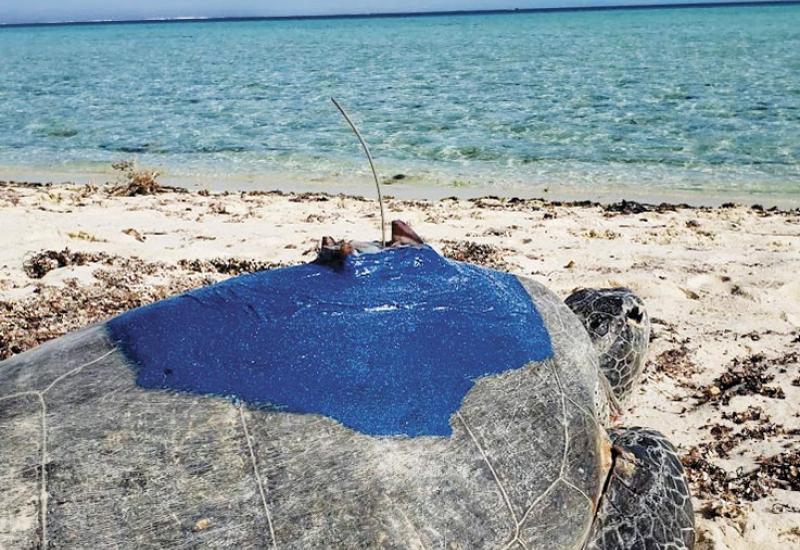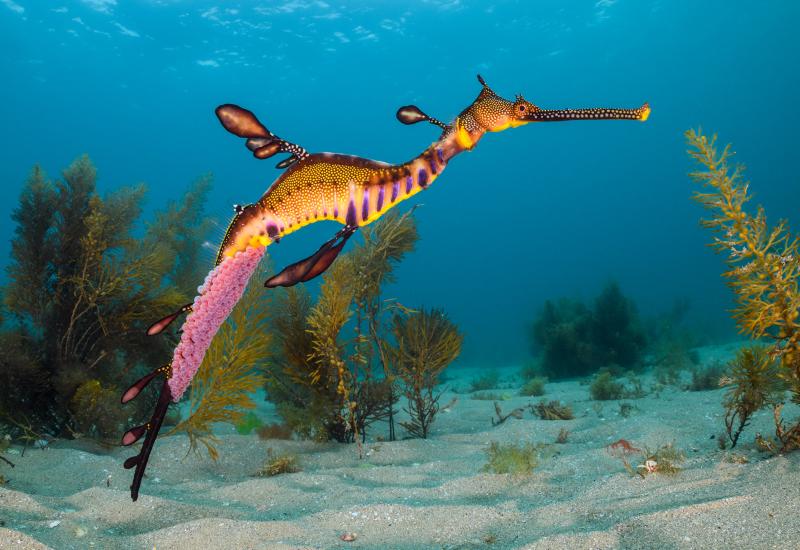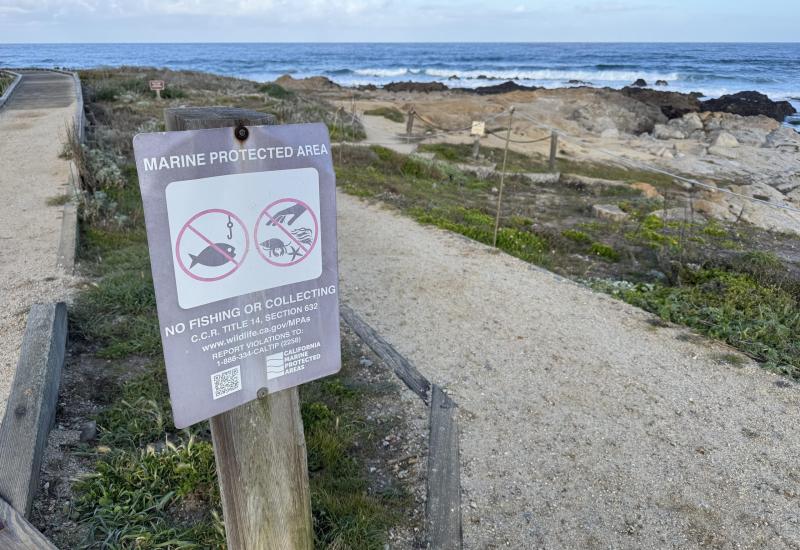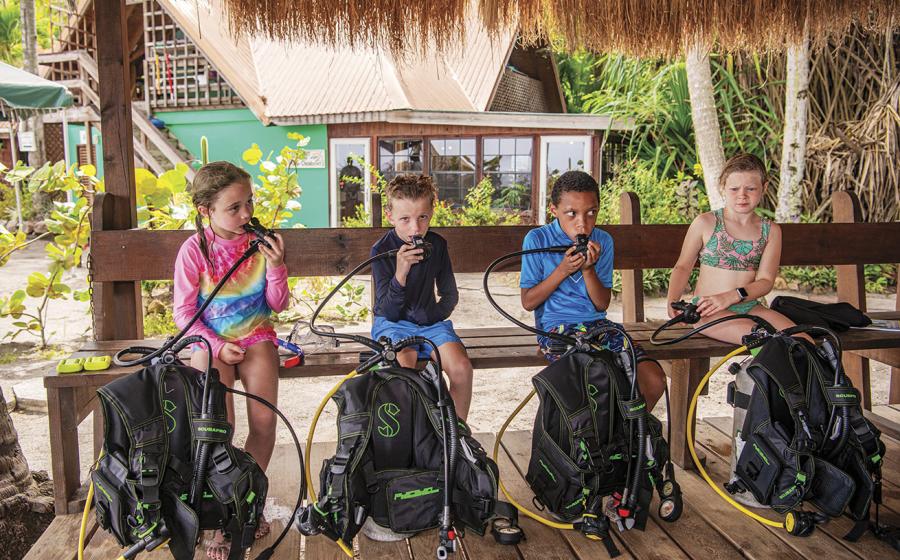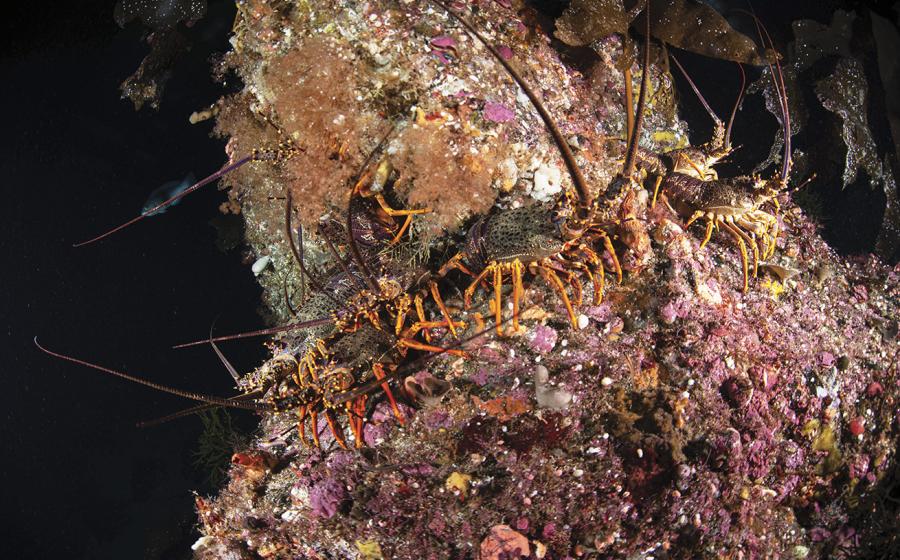Why Do Fish Travel in Schools?
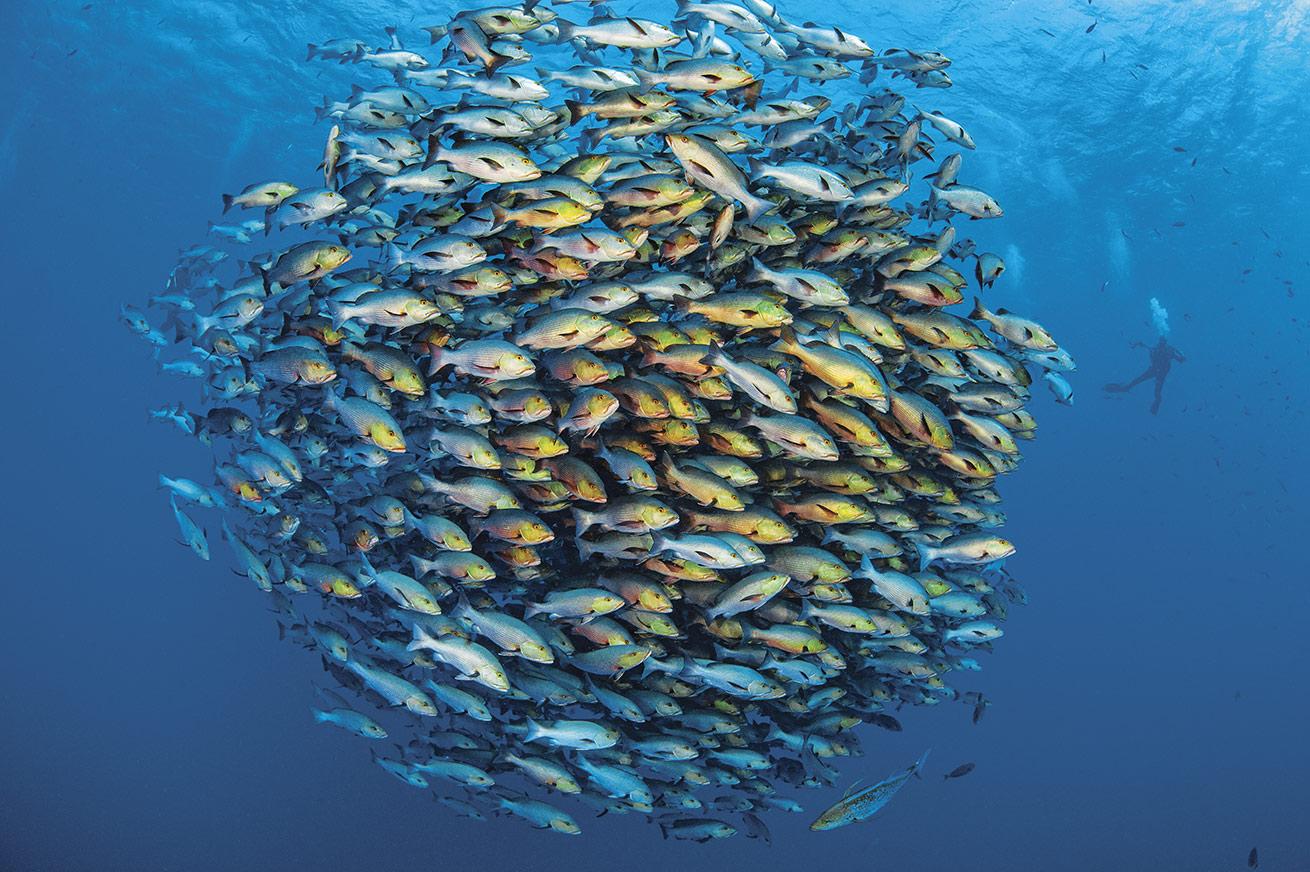
Bohar snappers congregate in a spherical shoal in the Red Sea.
I am completely enclosed, suspended in a sphere of clear warm water smaller than my office. I am not surrounded by bricks and mortar, but living walls made of thousands of silvery bodies. The schooling silversides are so thick that I can’t see the surrounding coral canyon they’ve filled on this Cayman reef. As swiftly as I was engulfed, I am spat back into the bright blue world as the fish sweep past me to escape a marauding tarpon.
Shoals and schools of fish are similar,but there are differences. A shoal is any gathering of fish (single or mixed species), something about 50 percent of all fish species do at some point. Strictly, schools are much tighter formations,where the fish are fully synchronized,usually dominated by a single speciesof a similar size. Many schooling fish are silvery, which keeps them safe, not only because those scales reflect the water, making them harder to see, but they also dazzle and confuse predators. To us, these defensive maneuvers are an enchanting spectacle; the fish dance as if they are a single, giant creature.
Related Reading: Discovering Patagonia's Winged Comb Jelly
As effortlessly balletic as it looks, these coordinated and unrehearsed mass twists and turns are challenging. It is not something a group of people could do. It used to be thought that fish’s unique lateral line sense, which allows them to feel vibrations in water, was the main control. But recent studies show that vision is the dominant sense in synchronized schools. Fish that school typically have eyes mounted on the sides of their head; the exact spacing of individuals, and the precise and unified movement are controlled mainly by eye contact.
Many schools form for defense. The main protective advantages of safety in numbers are: Each member of the school has less chance of being eaten since predators struggle to pick out an individual,and when faced with a predator, most individuals can take evasive action before it gets close, based on the movements of the other fish. The closer the fish pack together and the more unified their movements, the safer they are, which has driven the evolution of this complex behavior.
Not all gatherings are for protection.Fish also form shoals to feed, migrate, rest, court and spawn. Some herbivorous species of damselfish live alone and aggressively defend the gardens where they farm algae—even against divers. Other species can’t raid these gardens alone, but many species of surgeonfish, parrotfish and rabbitfish will shoal to use the weight of numbers to gain access.
Many nocturnally active species, like snappers, grunts, sweetlips and bigeyes,are commonly seen resting in mixed groups during the day. These shoaling fish are often horizontally striped, a pattern thought to signal peaceful cooperation in the fish world. (Vertical bars are often associated with aggression and territoriality.)
Related Reading: 7 Liveaboards to Book if You Love to Learn
Smaller reef fish tend to spawn regularly, but larger species reproduce less frequently, often gathering in large numbers just a few times each year to spawn.Large, solitary reef predators like Nassau groupers and bohar snappers are classic examples of species that gather impressively for spawning events. Sadly, this is a sight that is vanishing from the oceans,because these gatherings make it easy for people to net large numbers of fish,often wiping out the entire adult population of a species from a reef system in one fell swoop.
As photographers, our best shots will emphasize the togetherness of the fish. We want tight formations of neat, repeated shapes to make our pictures pop. However, the one thing guaranteed to mess up pleasing arrangements is getting too close! Shooting schools requires that we unlearn the golden rule of underwater photography and keep a bit of distance (in relative terms, anyway) to maintain those fantastic formations in our photos. What benefits the fish is also good for our photos.

